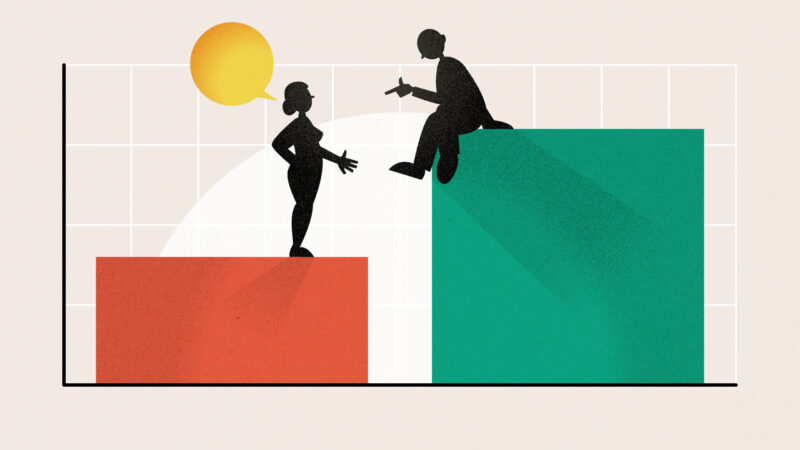Empathy in action
Empathy is most helpful when we can use it to do something practical to help the person suffering. Dr Sarb Johal, who is a clinical psychologist and an expert in crisis psychology calls this empathy with an action plan.
This means not just feeling or talking about pain and symptoms but taking action which will support the person who is suffering. Dr Johal says there are many actions that people can take to help but we suggest three here based on knowledge, listening and action planning.
Learn about endometriosis
As well as Endometriosis.Cymru and the NHS 111 Wales website on endometriosis, there are a many charities and organisations whose work focuses on raising awareness, educating and advocating for people living with endometriosis. These include Endometriosis UK, FTWW and Endometriosis.org.
Listen to each other
This means making a conscious decision to listen to and truly understand someone. People with endometriosis often feel that their situation and needs are difficult to describe, so really putting yourself in their shoes is important. Empathy is based on two-way communication. The family, friends and colleagues of people with endometriosis also have needs that need to be taken into account.
We suggest two tools that could help get the conversation going.
Endometriosis Cymru’s ‘Me & You’ tool
We developed the “Me and You” tool to help people gain an understanding of the impact of a condition like endometriosis on people’s lives. The tool gives two people a way to describe their quality of life from their own perspective. Using the tool with a friend, relative or colleague will give you an opportunity to talk about each other’s quality of life and how your life circumstances affect you, your relationships and daily activities.
DrawingOut: Invisible Diseases
Sometimes, it can help to write down your experiences or draw pictures to show how you feel rather than trying to explain face-to-face. DrawingOut: Invisible Diseases is an initiative founded at Cardiff University which uses drawings and illustrations to bring to life experiences of living with an invisible illness. On this website there are many stories and examples from people whose lives have been affected by endometriosis, described in words and drawings. You could even submit some drawings of your own.
Develop an “empathy action plan” together
When people have a better understanding of each other, they can begin to take supportive actions. These actions can include:
- more empathy (e.g. listening)
- practical help (e.g delivering care packages, supporting daily activities)
- helping people with the condition feel empowered (e.g. an employer, implementing reasonable adjustments)
Actions can also be directed at empathy building toward others, such as family, friends and partners. For example, partners are often key to supporting people with endometriosis but their needs as carers is not always talked about between partners. Making a point of talking about caregiving could be an action. Empathy action plans should be developed together because the actions need to work for the people involved in taking them forward.
